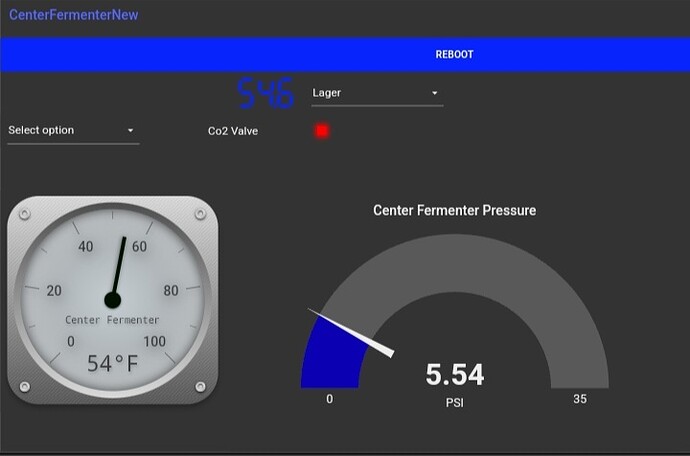So, an update and some questions 
I've had practically zero time to work with my temperature monitoring since I got the parts. I had a couple of ours a couple of weeks back, and today I got some time.
Setting up the Raspberry Pi 4 B with along with the Tinkerplate from Pi-Plates, was easy enough. Installing both InfluxDB and Grafana was not that hard - though I may have gone about it the wrong way. Well, at least it is all working.
I'm still at the testing stage, and have gotten to the point where I receive temperatures from a DS18B20+ -> using NodeRED I send the data to InfluxDB -> Grafana fetches data from InfluxDB -> I've used an Alpha-feature in Grafana to publish a public dashboard -> I'm using a DDNS service to expose the grafana dashboard to the web -> I've created a subdomain for my school, such that I only need to type "temp.[myschool].no" to see the chart.
Great - so far!
I'do recognize the problems with exposing the grafana server online - and the way I'm doing it now, is only for testing purposes. I also understand that I'm probably doing things all the wrong way, but such is life 
But, over to my most pressing question:
How do I fetch two temperature measurements from InfluxDB? I'm using the "Flux" syntax. At the moment, I'm using this, a result of heavy cutting-and-pasting with some edits:
from(bucket:"tempdata")
|> range(start: -100h)
|> filter(fn: (r) => r._measurement == "TemperatureTest" )
The reason for the chosen values, is that my InfluxDB-node in NodeRED says:

Grafana displays nice, with the one value. However, I've created a secondary value, which is sent from nodeRED to "TemperatureBest" in the same "tempdata"-bucket.
How can I modify my flux syntax in Grafana to diplay both TemperatureTest and TemperatureBest values? 






